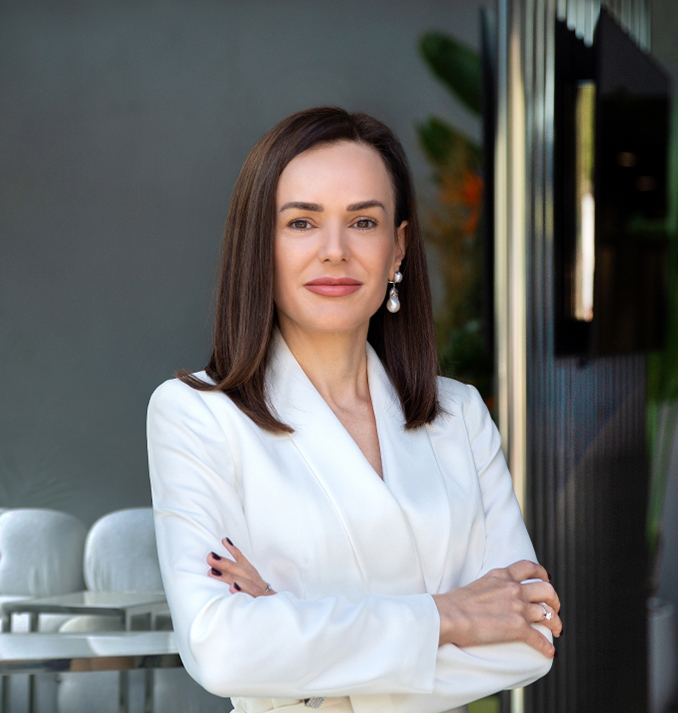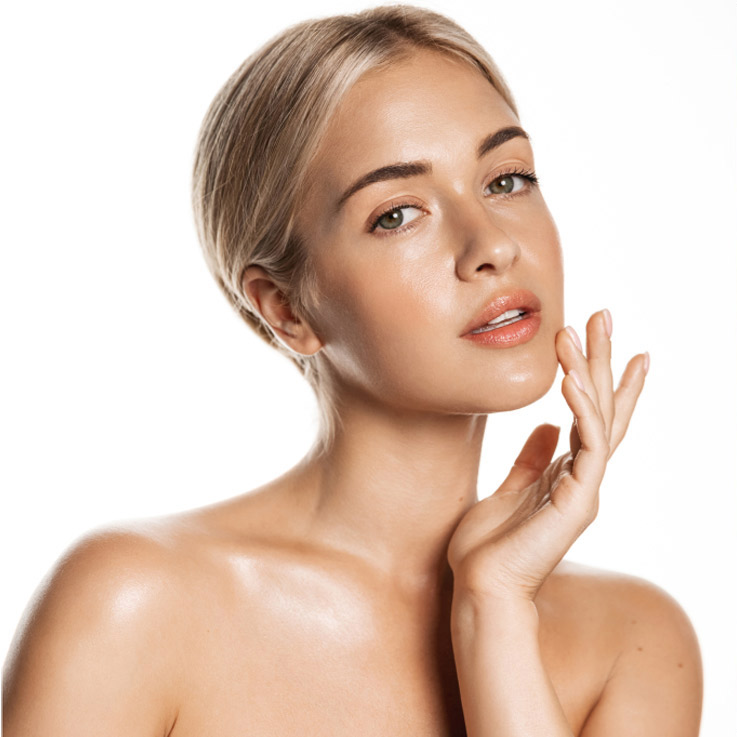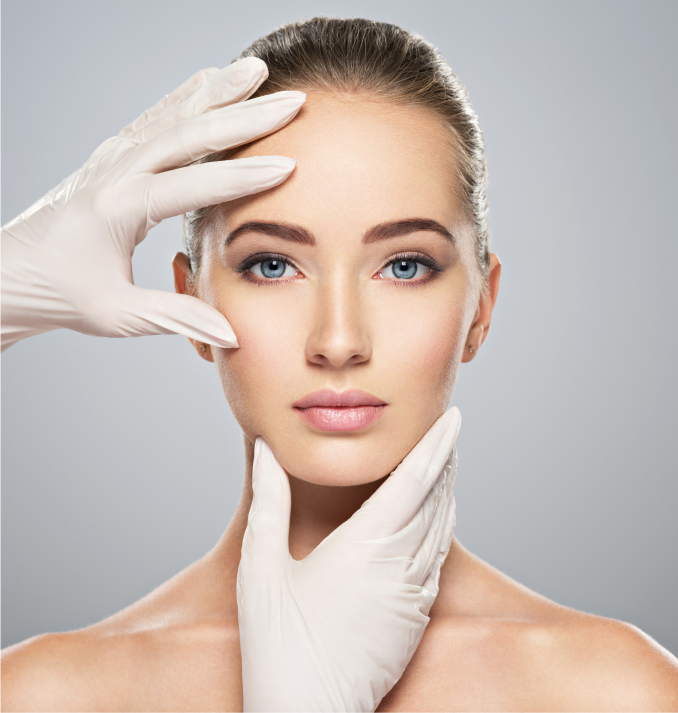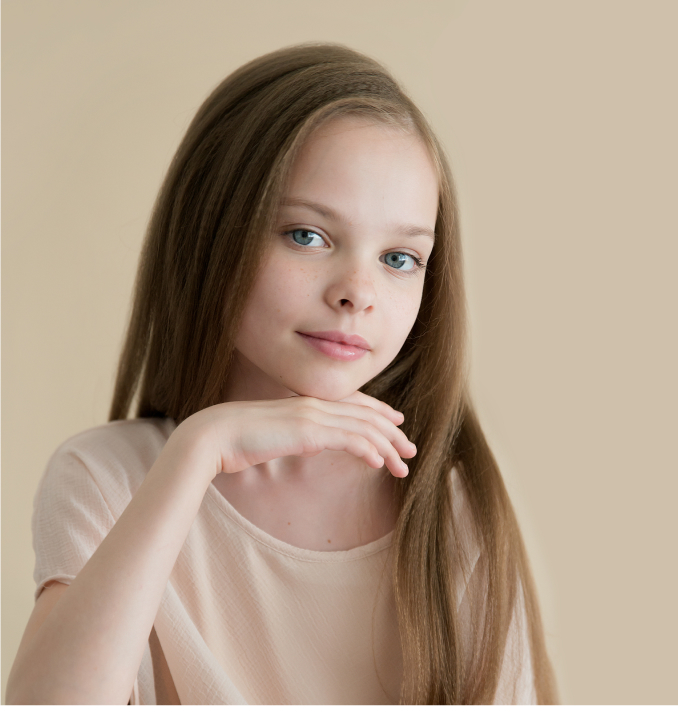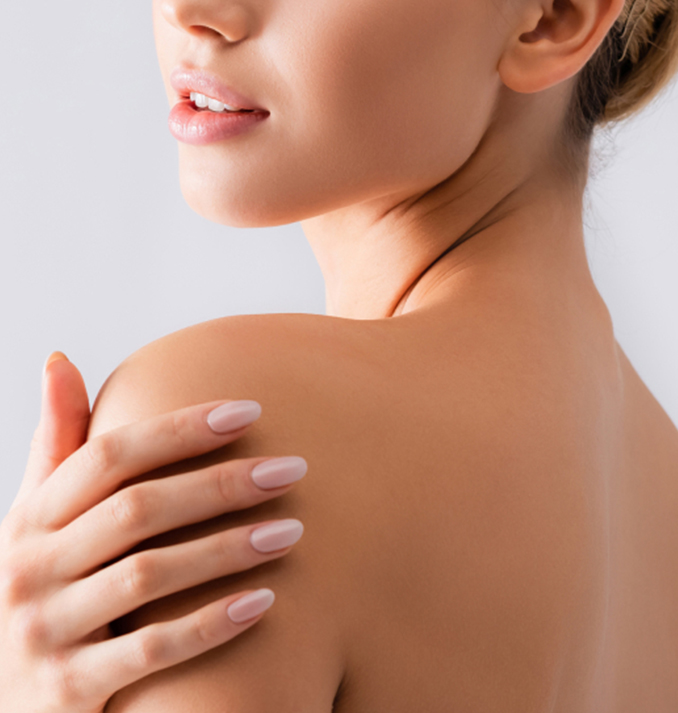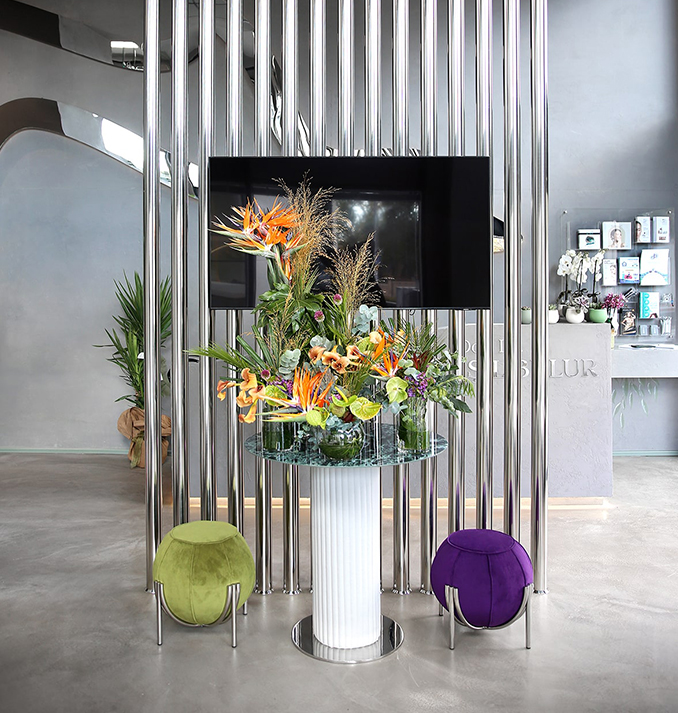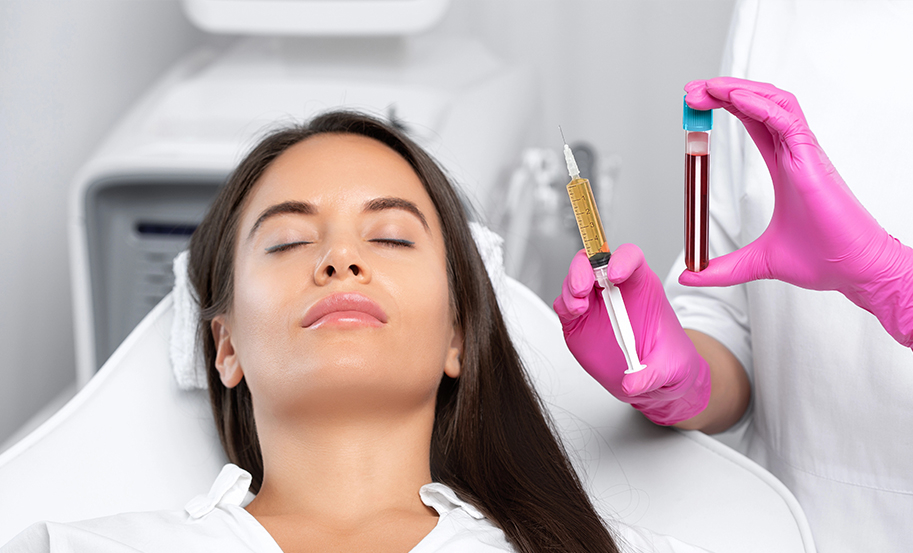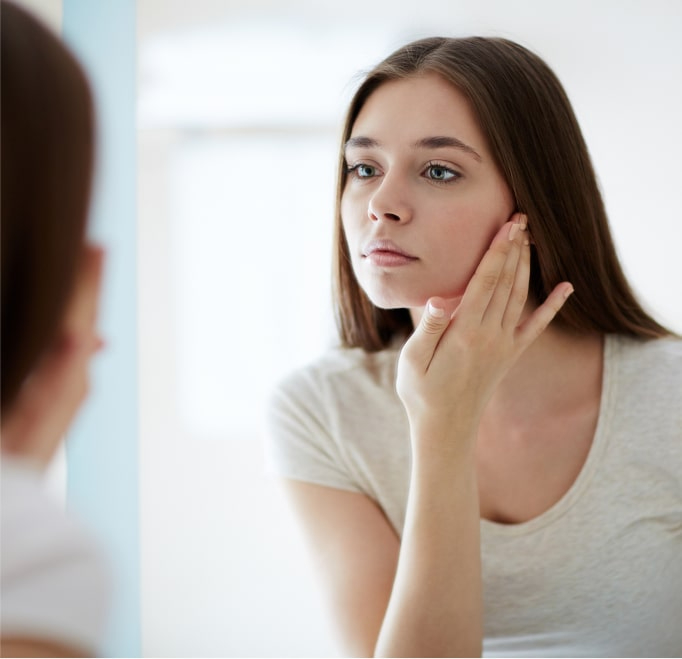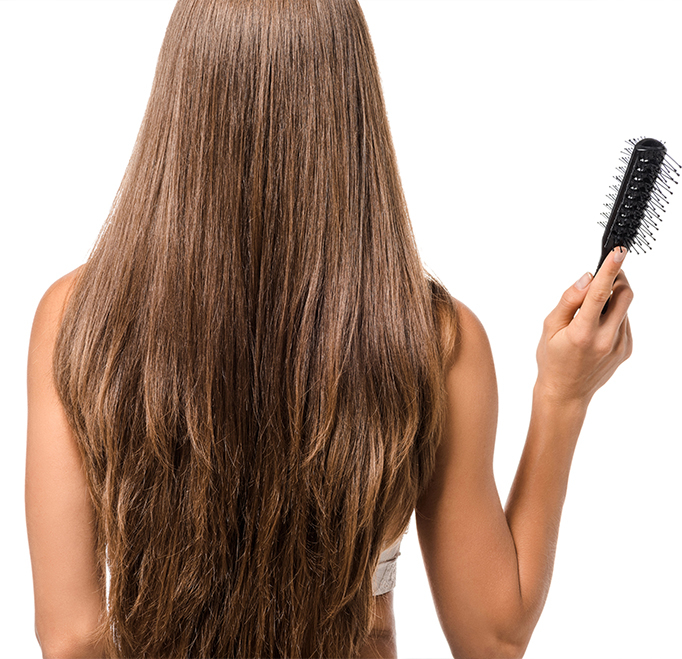Hair and skin health affect not only one’s aesthetic appearance but also their emotional balance and social life. Many people dealing with hair loss, dull skin, or signs of aging seek natural and restorative solutions. One of the most prominent dermatological treatments in recent years is PRP therapy. Based on the principle of reinjecting platelet-rich plasma derived from the patient’s own blood, this method is used for both hair restoration and skin rejuvenation.
What Is PRP Therapy?
PRP stands for Platelet-Rich Plasma, a treatment that utilizes the body’s own biological healing mechanisms. During the procedure, a small amount of the patient’s blood is drawn and processed through centrifugation, which separates the platelet-rich plasma from other blood components. This concentrated plasma—rich in growth factors—is then injected into the targeted area.
By delivering natural regenerative substances directly to the tissue, PRP promotes cellular renewal and repair.
In dermatology, PRP is widely used for hair loss, skin rejuvenation, acne scars, and scar revision. Its growing popularity in aesthetic dermatology clinics—especially in Istanbul—is a testament to its reliability and effectiveness.
How Is PRP Performed?
The question “How is PRP performed?” is one of the most commonly searched topics. The procedure follows a systematic process:
- A small blood sample is drawn from the patient.
- The blood is processed in a centrifuge, concentrating the platelets.
- The platelet-rich plasma is injected into the scalp or subdermal skin using microinjection techniques.
The entire procedure takes approximately 30–45 minutes, and most patients can return to daily activities immediately after treatment.
Effects of PRP Hair Therapy
One of the most in-demand applications today is PRP for hair loss. But how should we interpret the questions “Does PRP grow new hair?” or “Is PRP really effective?”
PRP may help strengthen existing hair follicles, thicken hair strands, and reduce shedding. However, it does not regenerate hair where follicles are already lost. The treatment yields better results during the early stages of hair thinning.
Some patients notice improved shine and volume after the first few sessions, while visible thickening typically appears later. Genetic factors, lifestyle habits, and treatment frequency all influence the outcome.
Experiences from PRP Patients
The question “What do people say after PRP treatment?” frequently appears in online searches. Many report a reduction in hair shedding, improvement in skin radiance, or a decrease in fine lines and wrinkles. However, results vary depending on individual biological responses.
Dermatologists emphasize that PRP is a personalized biological treatment, and therefore, results differ for each person.
Treatment Course and Session Plan
PRP is not a one-time procedure. For optimal results, it should be repeated at specific intervals—typically 3–4 sessions spaced 3–4 weeks apart. Afterward, maintenance sessions once or twice a year may be recommended.
Mild redness, slight stinging, or tenderness at injection sites may occur in the first few days. These effects are temporary and usually subside quickly.
Possible Side Effects
Because PRP uses the patient’s own blood, the risk of allergic reaction is extremely low. However, as with any medical procedure, minor side effects can occur:
- Redness or irritation at injection sites
- Mild bruising
- Temporary swelling or sensitivity
- These effects are generally short-lived. Persistent or unexpected discomfort should be evaluated by a dermatologist.
Factors Affecting Price
“PRP treatment cost” is another frequently asked topic. It’s not possible to specify a universal price, as it depends on multiple factors:
- The dermatologist’s experience and expertise
- The clinic’s hygiene standards and technology
- The quality of PRP kits used
- The number of sessions and treatment scope
- Thus, the most accurate pricing is determined after a personalized consultation.
Who Is a Suitable Candidate for PRP?
PRP can be applied to many individuals with hair loss or skin rejuvenation needs, provided their overall health is suitable. However, it may not be appropriate for those with blood disorders, chronic illnesses, or active infections. Therefore, an expert dermatologist’s evaluation is essential before treatment.
PRP therapy is an innovative, natural, and regenerative approach that supports hair and skin health using one’s own biological resources. It can help reduce hair loss, improve hair quality, and restore skin vitality. However, as with all biological treatments, results vary individually, and no absolute guarantee should be expected. The ideal treatment plan can only be determined after a detailed medical consultation.
Frequently Asked Questions
What is PRP therapy?
PRP involves injecting platelet-rich plasma—derived from the patient’s own blood—into target areas such as the scalp or skin. It supports the body’s natural renewal processes.
How is PRP done?
A small blood sample is taken, processed in a centrifuge to concentrate the platelets, and then injected with fine needles into the target area. The procedure takes about 30–45 minutes.
Does PRP grow new hair?
PRP supports and strengthens existing hair follicles but does not guarantee new hair growth where follicles are inactive or lost.
What do patients say about PRP?
Patients often report less hair loss, thicker strands, or brighter, healthier-looking skin, though results differ individually.
Is PRP painful?
A mild stinging or tenderness may occur during injections, but most patients find it tolerable. Local anesthetic creams can be used if needed.
Are there any side effects?
Mild redness, bruising, or sensitivity at the injection sites may occur but typically resolve within a few days.
How are PRP prices determined?
Costs vary based on the specialist’s expertise, the clinic’s standards, the quality of the PRP kit, and the number of sessions. A personalized consultation is required for accurate pricing.
Disclaimer: This content is for informational purposes only. For diagnosis and treatment, please consult a qualified dermatologist.
